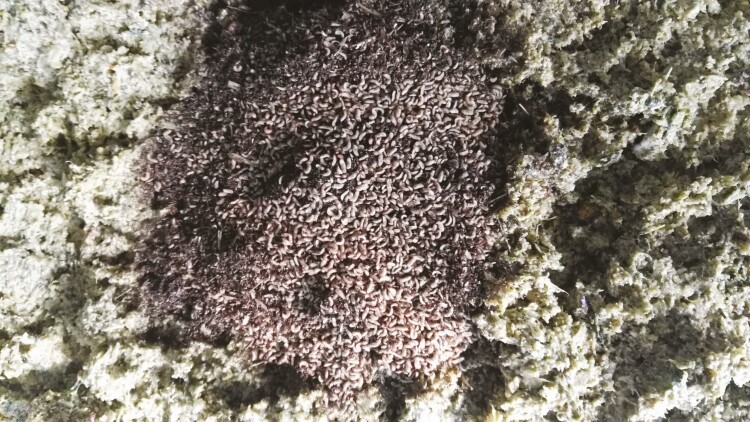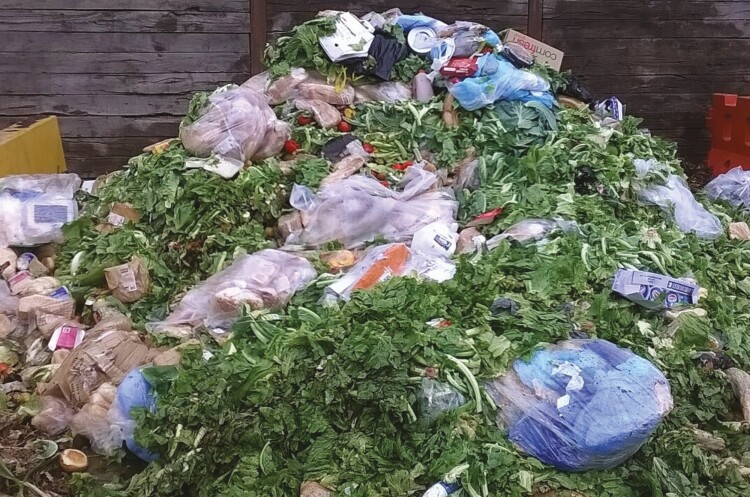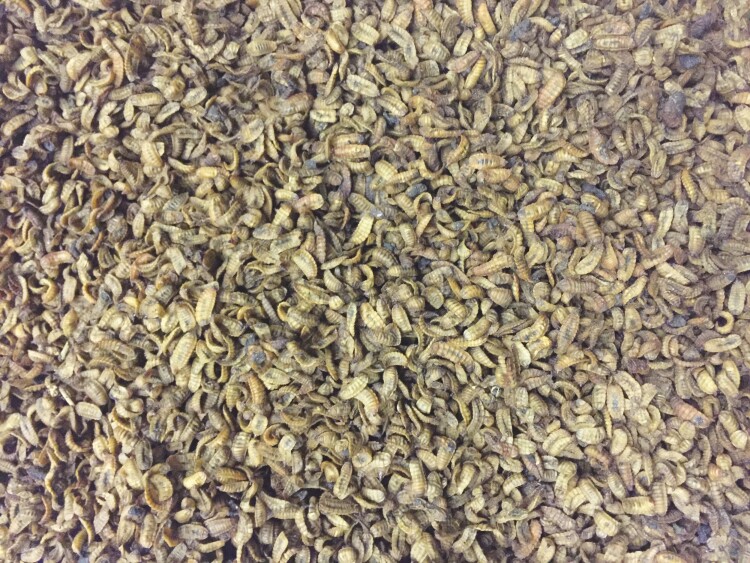Black soldier fly larvae protein production in Australia.
Animal frontiers : the review magazine of animal agriculture
Pub Date : 2023-08-01
DOI:10.1093/af/vfad023
引用次数: 0
Abstract
Insect production for food and animal feed in Australia has received increased attention and financial investment over the last decade. Australia is suited to insect production given the climate and strong history in agricultural production and research, with a valuable global reputation for producing safe food products. According to AgriFutures, the Australian insect protein industry has the potential to reach $10 million per annum within the next 5 years (Nolet, 2020), although to date the industry is emerging and remains relatively small, with limited research input compared to Europe and the United States. No doubt, the COVID-19 pandemic has driven delays in development due to disruptions to research and research output, changes to supply chains, and access to national and international products and experts. As such, the insect industry in Australia is entering a time where significant drive, investment, research, and outputs are required to advance this industry. Given the national and international interest in insect rearing and the renewed focus on sustainability, this is achievable, and it is likely that insect protein production in Australia will increase in the coming decade. In previous reviews we have covered the potential role of insect protein in Australian feed and food markets (DiGiacomo et al., 2019; DiGiacomo and Leury, 2019). This review will update (but not repeat) these previous reviews and examine the current state of insect protein research and production in Australia.



澳大利亚黑虻幼虫蛋白质的生产。
本文章由计算机程序翻译,如有差异,请以英文原文为准。
求助全文
约1分钟内获得全文
求助全文

 求助内容:
求助内容: 应助结果提醒方式:
应助结果提醒方式:


